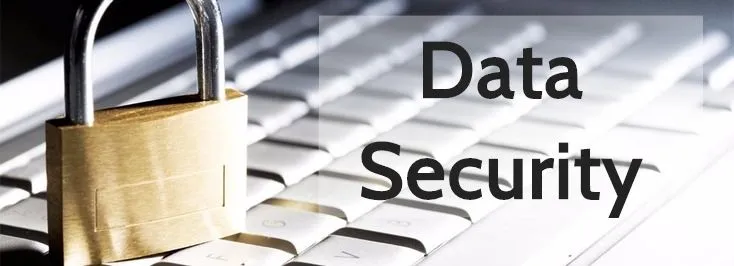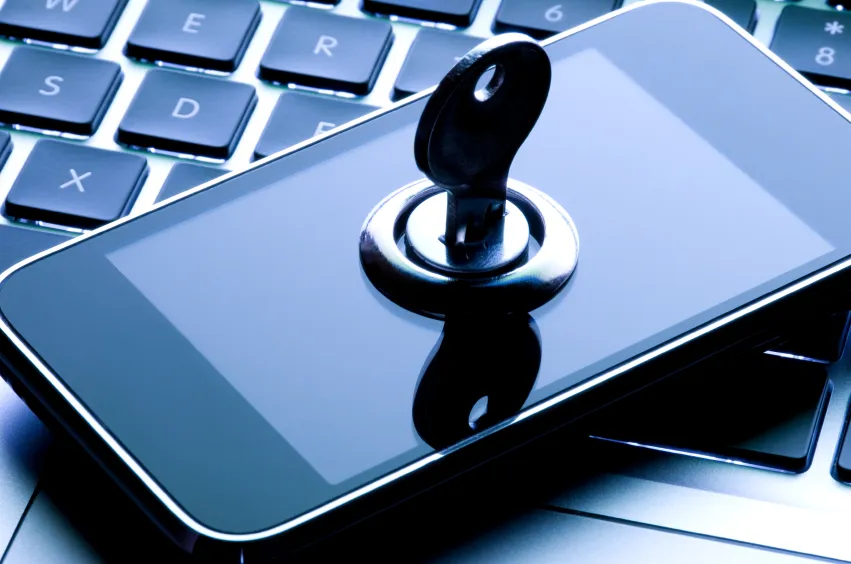
Striving for Security in an Aggressive Threat Environment

A wave of malware has recently swept through the world, just as John McAfee, founder of McAfee, published a controversial opinion, the crux of which is that users don’t need antivirus anymore and that standard security practices are enough to keep your OS safe. However, is that the case? Let’s sort this out.
Is Antivirus Dead?
The answer is: not exactly. It’s still alive and fighting against a constantly growing number of cyber threats.
According to researchers from McAfee Labs, over 100,000 new pieces of malware are released into the wild every day; in 2016 about 32% of computers were attacked by malware items while surfing the Internet.
There are of course overly responsible users who rigorously pursue security recommendations: always scheduling software updates, visiting only
However, the majority of surfers, both home and corporate, need more carelessness and “digital freedom.” They love to discover the world wide web, visit new sites and open links.
Thus antivirus is still an essential part of any cyber defense plan to keep your PC safe from the malware floating around the Internet.
Enterprise Safety Under Threat
To effectively protect your business, you need a complex approach and a layered cyber defense strategy. The right choice is the use of modern solutions, which apply not only methods based on behavioral mechanisms, but also those based on data from a global threat detection network, collected from different sources.
Besides that, it is imperative that you not neglect risks arising from staff members themselves. All in all, people are still a sensitive spot, and security systems are effective only within certain limits.
New Life of Malware Hunters
A 100% reliable, comprehensive and easy-to-use alternative to antivirus with predictable performance alas does not exist yet.
Today many vendors, from startups to giants like IBM, Symantec, FireEye, and Juniper Networks, have removed the term “antivirus” in relation to their PC security solutions. People keep calling them “antivirus,” but it is now about much more than pattern virus scanners.
In the past, malware detection was performed using patterns from a database of existing viruses. But much has changed since then. The scanning method is still present but in combination with more complicated tech, able to detect threats depending on the virus’ behavior.
What’s more, modern security solutions provide real-time protection not only for PCs but also for web and email. They work with cloud track, whitelists, sandboxes, and heuristics to identify unknown threats.
Proactive Security as a key to success

To shield your company from possible bad actors and complicated, swiftly mutating malware, you need antivirus and associated solutions efficiently incorporated into your enterprise which can repel malware at the gates. This is the main idea of the proactive approach to security, based on control and in-depth analysis of all systems and programs installed on your PC.
Powerful malware hunting tools are focused on identification of malware by
The activities which can be identified as dangerous or harmful are:
- Activity typical of Trojans;
- Access to system resources;
- Self-copying of the program on network resources, in the StartUp directory, in the system registry;
- Interception of keyboard input;
- Hidden installation of drivers;
- Changing the operating system kernel;
- Creation of hidden objects and processes;
- Changing the HOSTS file;
- Implementation of other processes;
- Sending DNS requests.
Based on the operation performed such products make a decision as to whether the program is dangerous or not. Thus, the computer remains protected not only from known viruses but also from new ones.
Such a sophisticated approach to security will provide the high level of safety and protection that your business needs.
To-Do list:
If you have any worries or doubts about your software security, feel free to contact us





